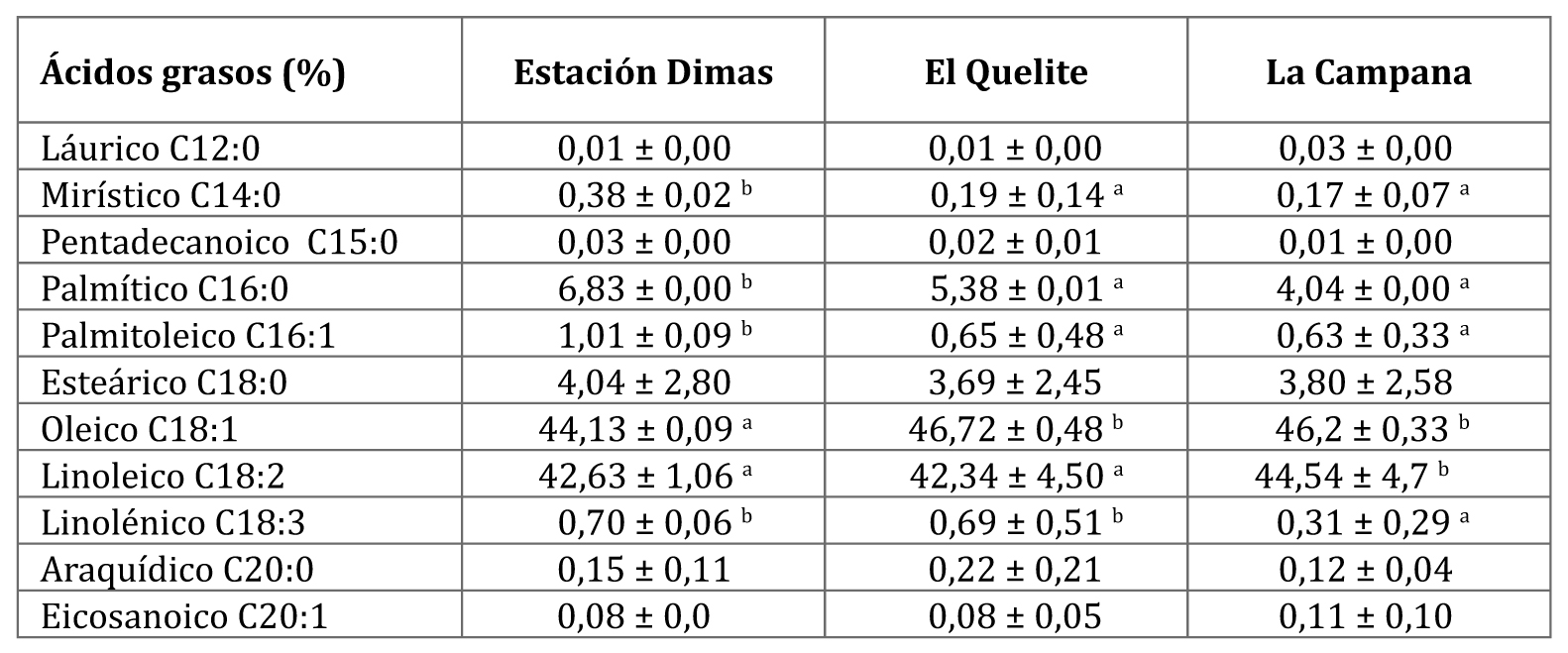Propiedades fisicoquímicas del aceite de semillas de Jatropha curcas de poblaciones silvestres en México
Palabras clave:
ácidos grasos, biodiesel, ecotipos, análisis fisicoquímicos, JatrophaResumen
Existe la necesidad de estudiar fuentes renovables de energía a partir de plantas oleaginosas con este potencial. La semilla de Jatropha curca se caracteriza por su alto contenido de aceite. En México solo existen estudios enfocados en evaluar las propiedades fisicoquímicas del aceite de J. curcas silvestre y cultivada en la región sur. El objetivo de este trabajo, fue evaluar las propiedades fisicoquímicas del aceite de J. curcas silvestre en tres ecotipos del estado de Sinaloa (noroeste de México) y su aplicación en la elaboración de biodiesel. Los resultados obtenidos fueron que el contenido de aceite del germen fue de 52 a 56%. La viscosidad, densidad específica, índice de acidez, peróxido, yodo y refracción no mostraron diferencias significativas en las semillas colectadas en los tres ecotipos en estudio. Los ácidos grasos saturados más abundantes fueron el palmítico (4 a 6%) y esteárico (3 a 4%). Los ácidos grasos insaturados más abundantes fueron el oleico (44 a 46%) y linoleico (42 a 44%). Las características fisicoquímicas del aceite de J. curcas de Sinaloa son similares a las del sur de México y otros países, esto sugiere que el germoplasma del noroeste del país podría ser considerado para su conservación, aprovechamiento racional y producción de biodiesel.

Descargas
Publicado
Número
Sección
Licencia
Aquellos autores/as que tengan publicaciones con esta revista, aceptan las Políticas Editoriales.



